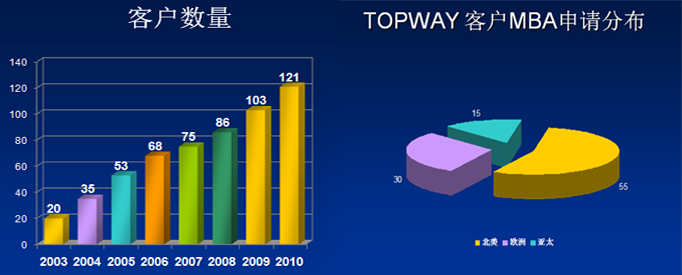|
56. 美国3分之一养猫又养狗,2分之一养狗,选项那个must be true.有人不养猫也不养狗。
57. M公司生产某某东西,但是材料发现运输费和local tax太高了,所以想从N 搬到 P去, 因为P距离他们的supplier更近,而且P这个地方工人素质高。
问evaluate: 我选的是 whether 运输费用在未来几年不会升高。
58. 有个说有个新的产品XYZ治疗哮喘,但是用XYZ的人比用traditional产品的发病率要高,说是由于医生从医药商那里拿了好处,不好好开药。问削弱:选XYZ一般都开给患病较严重的病人。
59. 说有一种鸟数量在减少,是因为误食了一种除草剂,问削弱。 我选的是另一种鸟没有误食除草剂,数量也减少了
60. business income 与government corruption的关系。有研究表示,business income 多的地方,corruption比较少,但是在某些地方(好像有提到具体的地名),business income 多,corruption也多,explain the discrepancy.有些选项涉及pre-tax, after tax等
61. GWD-TN-7-Q14变体,但是选项全变了,这点大家注意。
Criminologist: Some legislators advocate mandating a sentence of life in prison for anyone who, having twice served sentences for serious crimes, is subsequently convicted of a third serious crime. These legislators argue that such a policy would reduce crime dramatically, since it would take people with a proven tendency to commit crimes off the streets permanently(第一处黑体变成这里). What this reasoning overlooks, however, is that people old enough to have served two prison sentences for serious crimes rarely commit more than one subsequent crime. Filling our prisons with such individuals would have exactly the opposite of the desired effect, since it would limit our ability to incarcerate younger criminals, who commit a far greater proportion of serious crimes.
In the argument as a whole, the two boldfaced portions play which of the following roles?
A. The first is a conclusion that the argument as a whole seeks to refute; the second is a claim that has been advanced in support of that conclusion.
B. The first is a conclusion that the argument as a whole seeks to refute; the second is the main conclusion of the argument.
C. The first is the main conclusion of the argument; the second is an objection that has been raised against that conclusion.
D. The first is the main conclusion of the argument; the second is a prediction made on the basis of that conclusion.
E. The first is a generalization about the likely effect of a policy under consideration in the argument; the second points out a group of exceptional cases to which that generalization does not apply. | 



